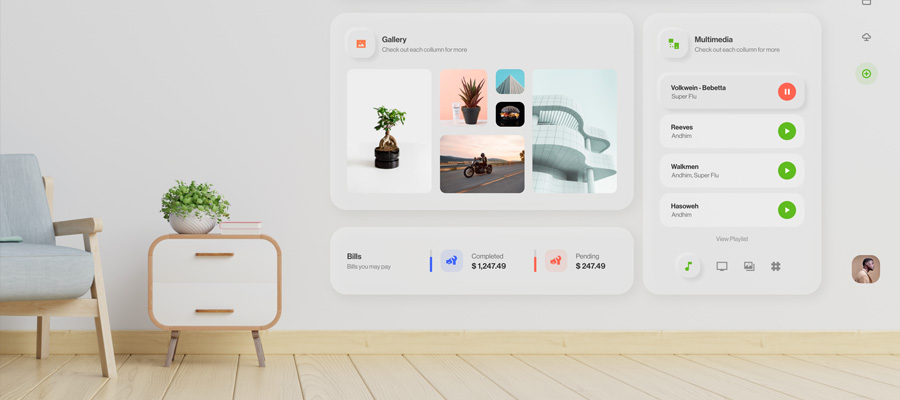When it comes to designing a printed circuit board for your next product, you need to make sure that you are choosing the right type of PCB. There are two main options when it comes to the design process with the more traditional route using a rigid PCB and the more modern route using a flex PCB. Here, we are going to talk you through everything you need to know about using a flex PCB. Keep reading if you’d like to find out more.
What Is A Flex PCB?
A flex PCB is exactly what it sounds like, it is a flexible circuit board that is used for many different product designs. When you are designing a flex PCB, you can design it to fit a certain shape or to be flexible when it is used. This comes in very handy for the types of products that are on the market today and the skills of a flex PCB designer are very much in demand.
When Should You Use A Flex PCB?
When it comes to creating a functioning product, the use of a flex PCB is often preferred. These printed circuit boards are able to bend and so they can be easily added to many different products like wearables or smaller devices that a rigid circuit board wouldn’t be able to fit in. On top of the benefit of flexibility, you’ll find that when you are using a flex PCB, they are very durable and so they can easily handle very high temperatures. This means that flex PCBs are often preferred as they will be able to last much longer and fit into smaller spaces.

What To Think About When Designing With Flex PCB
If you are thinking about designing with flex PCB, you should make sure to consider some things that might affect the design process. One of the important considerations includes the ratio of bend radius in comparison to the flex PCB thickness. You should be ensuring that the bend ratio does not go below the minimum threshold. This could cause serious problems with your PCB, so it is not something that should be ignored.
Other considerations to take when designing with flex PCB is to avoid I-Beam stacking to make sure that the flexibility stays intact. You should also make the conductor width bigger if you have the facilities to and you could also consider the effects that stretching and compression has on the PCB.
Final Thoughts
If you are going to be working with a flex PCB then you should make sure that you think about all of the different factors that can affect the end result. There are many benefits to choosing a flex PCB over a rigid PCB so consider these carefully when you are making the decision on what to use. It is fair to say that with the improvements in modern technology, flex PCBs are becoming much more popular and are set to be the main route in the future.




















